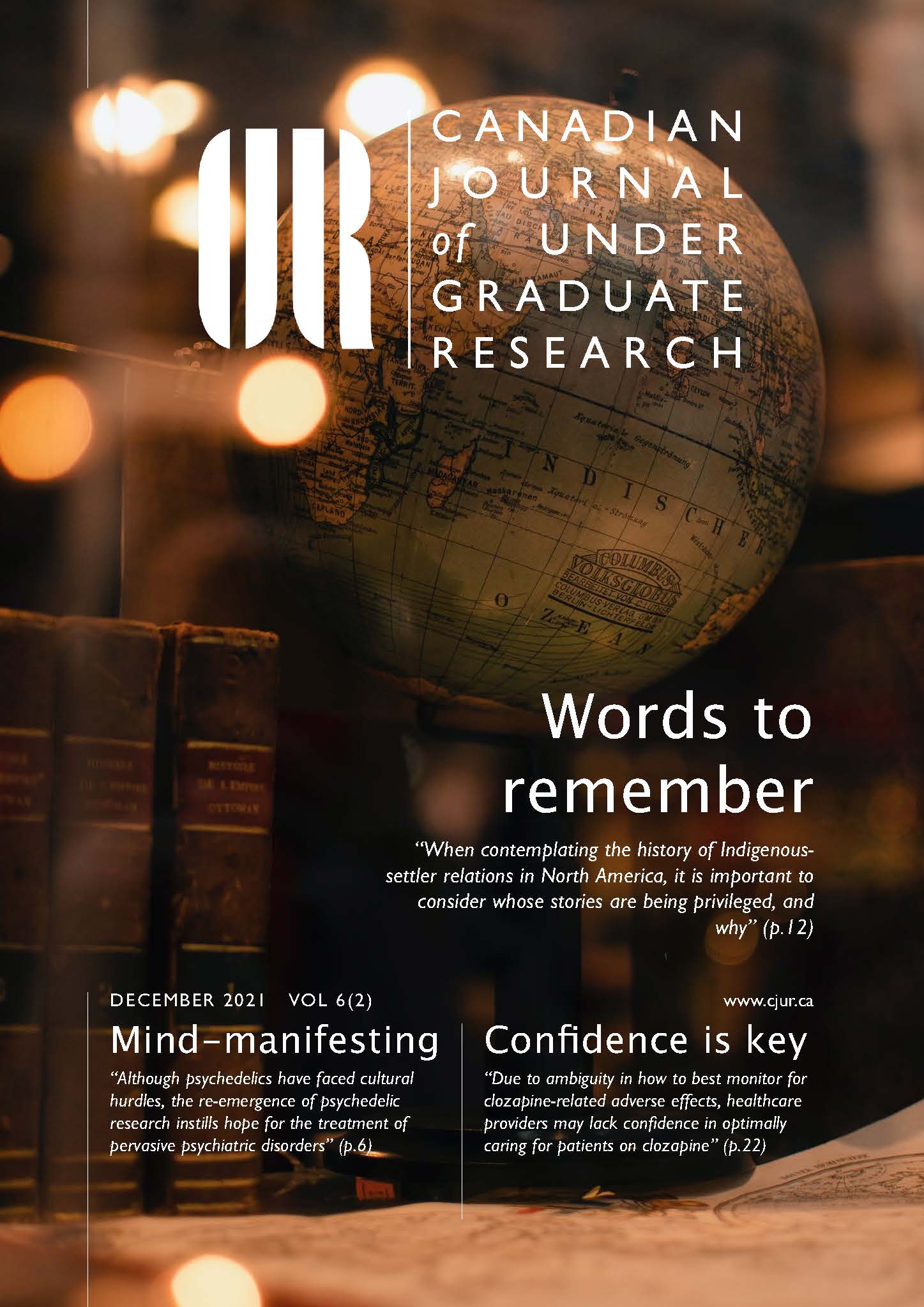Psychotomimetic to Mind-Manifesting
The Evolution of Psychedelics in Psychotherapy
Abstract
Human use of psychedelic substances has been practiced for 5,700 years in social, religious and medicinal applications alike. Early pharmacological study of lysergic acid diethylamide (LSD) and other “classic psychedelics” psilocybin, mescaline, and N,N-dimethyltryptamine (DMT) suggested therapeutic potential for conditions such as anxiety and substance dependence. Additionally, research indicated that psychedelics were neither addictive nor toxic and appeared to produce several positive effects after a single dosing session. Criticisms of methodological shortcomings, alongside cultural stigma and criminalization, ultimately curtailed further scientific investigation of psychedelics in the context of psychotherapy. Despite marked historical hurdles, the recent resurgence of clinical examination involving psychedelics suggests the scientific community has begun to look beyond the stigmatization of such substances, and towards their therapeutic potential. Through a broad examination of early and contemporary clinical trials, this article explores the prospect of psychedelics as psychotherapy in the context of methodological, cultural, and political influences. This analysis outlines the historical evolution of psychedelic clinical investigation, with the aim of presenting the warranted and unbiased study of psychedelic-assisted psychotherapy in light of current public health demands.
Keywords: psychedelic research, psychotherapy, psychopharmacology, controlled clinical trials, cultural stigma, substance criminalization
Published
Issue
Section
License
Authors who publish with this journal agree to the following terms:
- Authors retain copyright and grant the journal right of first publication with the work simultaneously licensed under a Creative Commons Attribution License that allows others to share the work with an acknowledgement of the work's authorship and initial publication in this journal.
- Authors are able to enter into separate, additional contractual arrangements for the non-exclusive distribution of the journal's published version of the work (e.g., post it to an institutional repository or publish it in a book), with an acknowledgement of its initial publication in this journal.
- Authors are permitted and encouraged to post their work online (e.g., in institutional repositories or on their website) prior to and during the submission process, as it can lead to productive exchanges, as well as earlier and greater citation of published work (See The Effect of Open Access).

